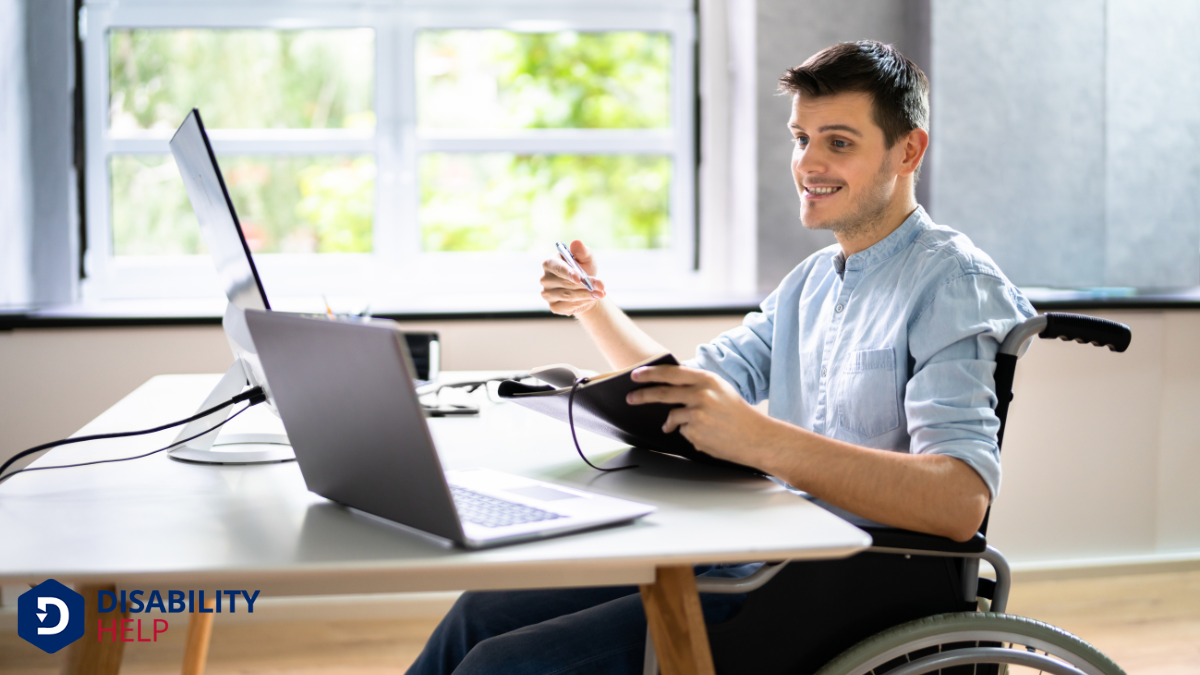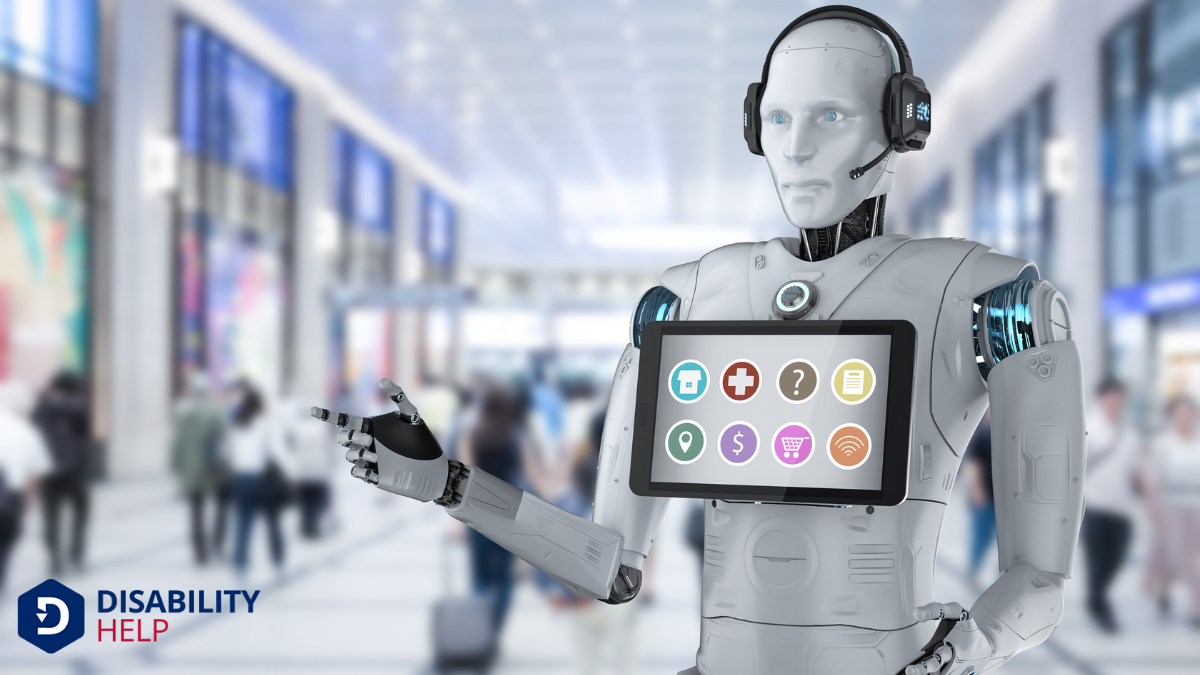Let's explore what sets assistive devices apart as essential tools for individuals with disabilities. We might think of them as just gadgets, but they hold the power to transform lives by enhancing independence and accessibilityThe design of products, devices, services, or environments to be usable by people with disabilities..... From wheelchairs to hearing aids, these devices come in many forms, each serving a unique role in overcoming daily challenges. But what truly defines an assistive device, and how do they impact our lives? Let's uncover more together.
Key Takeaways
- Assistive devices are tools designed to aid individuals with disabilities in performing tasks that are otherwise challenging or impossible.
- They include a range of products such as mobility aidsDevices designed to help individuals move around more easily, such as canes, walkers, or wheelchairs..., communication devices, and sensory enhancements.
- The primary purpose of assistive devices is to enhance accessibility and promote independence for users.
- These devices often feature customizable settings and intuitive interfaces to meet individual needs efficiently.
- Assistive technology spans physical objects, software, and applications, each serving unique challenges faced by individuals.
Defining Assistive Devices
Assistive devices, essential tools in enhancing daily life, are designed to aid individuals with disabilities or impairments. These devices help bridge the gap between challenges and independence, offering practical solutions that improve quality of life.
We recognize that assistive devices aren't just physical objects but also include software and apps that provide support. They serve to empower individuals by enabling them to perform tasks they might otherwise find difficult or impossible.
Let's consider what qualifies as an assistive device. Typically, anything that assists in daily living activities or improves accessibility can be classified in this manner.
From simple tools like canes and walkers to advanced tech like speech-to-text software, these devices are tailored to meet diverse needs. They promote autonomy and participation, enhancing our shared experience of life.
Categories of Assistive Technology

When we explore the diverse categories of assistive technology, it becomes clear how these tools are integral to enhancing accessibility and independence. Each category serves unique needs, empowering individuals to overcome challenges in their daily lives.
Mobility aids, for instance, enable those with physical disabilities to move freely, improving their quality of life. Communication devices give a voice to individuals who can't speak, ensuring they can express themselves and connect with others.
To better understand these categories, let’s consider:
- Mobility Aids: Wheelchairs, scooters, and prostheticsArtificial devices that replace missing body parts, such as limbs, often used after amputations. enhance movement.
- Communication Devices: Speech-generating devices and text-to-speech software enable communication.
- Sensory Enhancements: Hearing aids and screen readers aid those with sensory impairments.
These categories illustrate the profound impact assistive technology has on our lives.
Key Features of Assistive Devices
Understanding the categories of assistive technology helps us appreciate the specific features that make these devices so effective.
When we examine assistive devices, we find that their design focuses on enhancing accessibility and functionality. For instance, lightweight materials and ergonomic designs guarantee that users can handle these devices comfortably and efficiently. Many assistive devices boast adjustable settings, allowing us to customize them to meet individual needs.
In addition, intuitive interfaces are vital, enabling users to operate devices seamlessly, even if they’re unfamiliar with technology. Durability matters too, as these devices must withstand daily use without frequent repairs.
Finally, safety features are paramount, assuring users can rely on these tools without risk. Together, these features make assistive devices indispensable in improving accessibility.
The Impact of Assistive Devices on Daily Life
While it might seem obvious, the true impact of assistive devices on daily life can’t be overstated. These devices empower us to live more independently, enabling individuals with disabilities to engage fully in daily activities.
Whether it’s a hearing aid enhancing communication or a wheelchair providing mobility, assistive technology bridges gaps we might face. Let’s explore how these devices improve our lives:
- Accessibility: Assistive devices guarantee that environments are navigable and inclusive, breaking down barriers for everyone.
- Confidence: By providing support and enhancing capabilities, these tools boost our self-esteem and social interaction.
- Efficiency: They streamline tasks, making everyday activities quicker and less exhausting.
Future Trends in Assistive Technology

As we've seen, assistive devices greatly enhance daily life, and it's exciting to contemplate what lies ahead in this field. Emerging trends in assistive technology promise to revolutionize how we interact with the world.
Artificial intelligence is playing a pivotal role, enabling smarter, more adaptive devices that learn and adjust to our needs. Wearable tech, such as smart glasses and exoskeletons, is becoming more accessible, helping us with mobility and sensory enhancements.
We're also witnessing advancements in brain-computer interfaces, potentially offering new communication pathways for individuals with severe disabilities.
Furthermore, 3D printing is making customized, affordable solutions possible, tailoring devices specifically to individual requirements.
These trends signify a future where technology not only assists but seamlessly integrates into our lives, empowering greater independence and inclusionThe practice of creating environments in which any individual or group can be and feel welcomed, res....
Conclusion
In our exploration of assistive devices, we've seen how these tools empower individuals with disabilities, enhancing their independence and quality of life. From mobility aids to communication tools, each category serves a unique purpose in overcoming daily challenges. Key features like accessibility and user-friendliness make them indispensable. As technology advances, we're excited about future trends that promise even more innovative solutions, ensuring everyone can engage fully in the world around them. Let's embrace this progress together!






